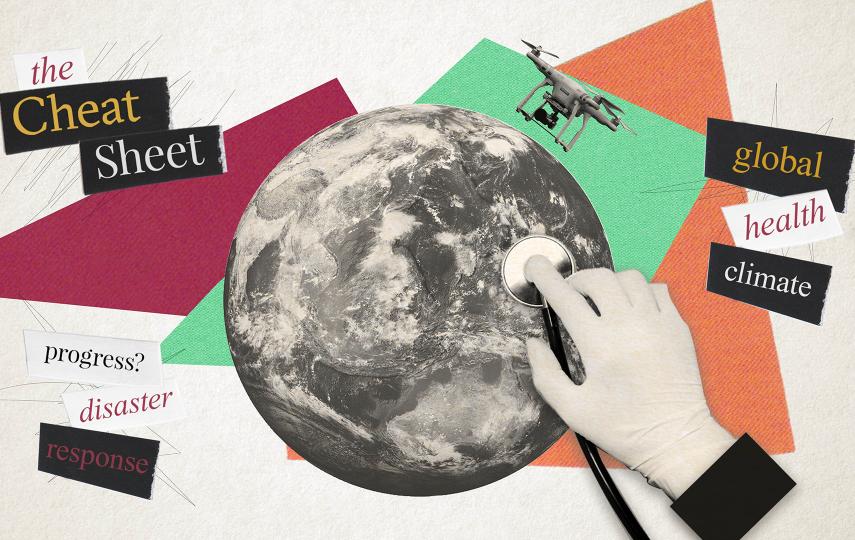“In the first 24-48 hours of a disaster, the community bears the burden of response. It is a fallacy to rely on external help,” the World Health Organization’s Southeast Asia adviser for emergency and humanitarian action, Roderico Ofrin, told IRIN.
He is attending a regional three-day conference ending on 30 September in Bangladesh’s capital, Dhaka, on strengthening community health systems’ preparedness for disasters.
NGO, government and private sector representatives from 10 Southeast Asian countries discussed primary health care - health care for all that uses appropriate technology, involves the community, and collaborates with other sectors - in emergencies, and shared successful community programmes.
“These answers already exist at the community level, but are not well-documented,” said Ofrin.
A 2010 report on community responses to disasters in Southeast Asia found that village storytelling in Thailand’s Surin Islands; seismic-proofing hospitals in Nepal; community health worker and hospital staff training in Myanmar and Sri Lanka; household water filters in Myanmar; and coastal warning systems and cyclone evacuation plans powered by more than 30,000 village volunteers in Bangladesh - all helped minimize deaths during those countries’ recent disasters.
But ingenuity and will are not enough: People need materials like “gum boots to wade to flooded villages, and ropes for community health workers searching for survivors,” said Ofrin. “National policies are good, but we need to get materials and training into the communities for them to mean anything.”
pt/cb
This article was produced by IRIN News while it was part of the United Nations Office for the Coordination of Humanitarian Affairs. Please send queries on copyright or liability to the UN. For more information: https://shop.un.org/rights-permissions





